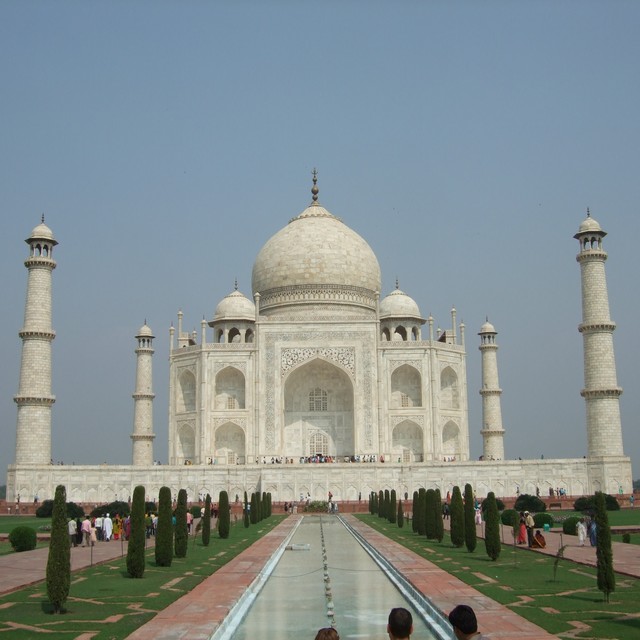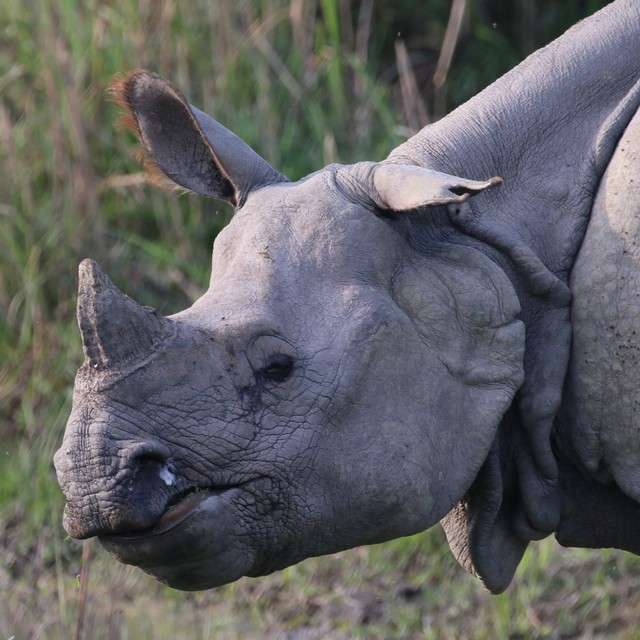
Taj, Tigers & Temples
India
Culture
Perfect mix of classic sights and off-beat places for first-timers to India
£0
This is the price per person for a private tour (based on 2 people travelling) excluding international flights. Contact us for pricing for other group sizes including individuals.
14 days
